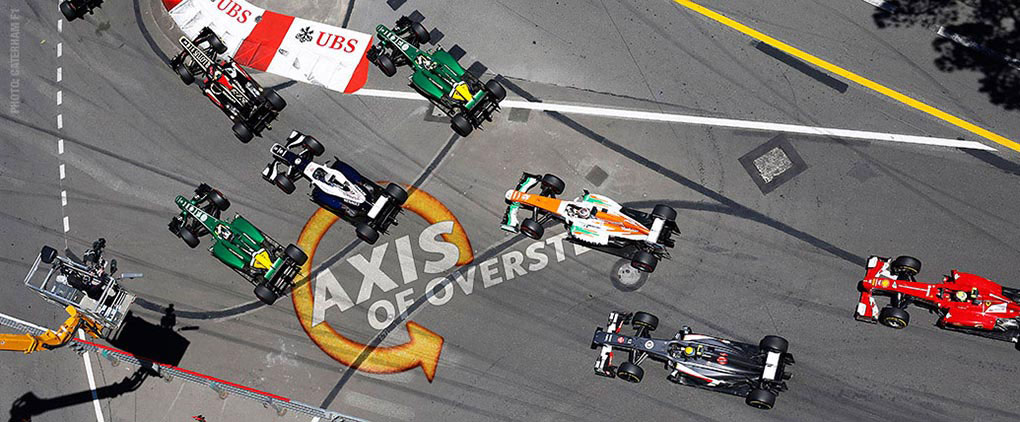BMW M has come a long way from the first 3.0 CSL "batmobile", to the latest emphatically non-licht X6M and X5M. Along the way, cars which are legends: the M1, the Mclaren F1, generations of M5's and of course M3's.
Of the M3's, only one model was a true GTO, Gran Turismo Omologato, a model created specifically as cover for competition cars, the e30.
For you who believe the e30 M3 was the last great M3, put on your flared pants, unbutton your shirt, and let's travel back to the groovy mid '80, a time when gold wheels were perfectly acceptable and even...cool!
Based on the 1986 model year E30 3-Series, the first M3 was introduced with a 2.3 L I4 S14B23 engine (or S14 in shorthand). The engine design was based on various BMW genealogy; basic block layout from the M10 4 cylinder (found in the 2002 and 320 series) overbored and reinforced to similar specifications of the BMW M88 inline-6. The valve train and head architecture from BMWs M1 and later M6 inline-6 cylinder was adopted for aggressive breathing, resulting in outstanding performance for the day.
The most notable characteristic of the E30 M3 (relative to later M3 iterations) is its racing pedigree. It was campaigned by BMW as well as other racing teams including Prodrive and AC Schnitzer competing in many forms of racing including but not limited to Rally, DTM, Australian touring car and other series.
One of the main reasons for production of the road car was to homologate the M3 for Group A Touring Car racing. One of the reasons often cited for its creation was that it was to compete with the "2.3-16V"-model of the Mercedes-Benz W201 190E which was introduced in 1983, although this was only speculative. When the E30 M3 was in its final years of top level competition, the 2.5 liter S14 engine in full race trim was capable of 340 hp (250 kW) plus, naturally aspirated.
The E30 M3 road car
The first road-going version produced 195 bhp (145 kW; 198 PS) (catalyzed model). Evolution models (not sold in North America) continued with 2.3 liters but adopted revised exhaust-cam timing, increased compression along with the lack of a catalyst producing approximately 215 hp (160 kW). Later the Sport Evolution model production run of 600 (sometimes referred as Evolution III) increased engine displacement to 2.5 L and produced 238 hp (175 kW). 786 cabriolets were also produced, all by hand in BMW's Garching plant; at the time the 215 hp (160 kW) example was the world's fastest four-seat convertible.
Changes from the standard 3-series
The E30 M3 differed from the rest of the E30 line-up in many ways. The M3 was equipped with a revised stiffer and more aerodynamic body shell as well as "box flared" wheel-arches to accommodate a wider track with wider and taller wheels and tires. The only body panels the standard model 3-series and the M3 shared were the hood and sunroof. It also had three times the caster angle of any other E30. The M3 shared larger wheel bearings and front brake calipers with the E28 5-Series. It also had a Getrag 265/5 5 speed gearbox, and rear differential with different final-drive ratio and 25% lockup.
To keep the car competitive in racing following homologation rules changes year to year, homologation specials were produced. Homologation rules roughly stated that the race version must reflect the street car aerodynamically and in engine displacement; therefore, improved models were periodically released for the public. Special editions and homologation specials include: the Evo 1, Evo 2 and Sport Evolution some of which featured less weight, improved aerodynamics, taller front fender arches (Sport Evolution; to further facilitate 18-inch (460 mm) wheels in DTM), brake ducting, and more power. Other limited-production models (based on evolution models but featuring special paintwork and/or unique interior schemes commemorating championship wins) include the Europa, Ravaglia, Cecotto, and Europameister.
Production of the original E30 M3 ended in early 1992.
Having won more road races than any other model in history, the E30 M3 is considered by many to be the world's most successful road-race car. M3s entered by BMW and privateer racing outfits did dominate the competition for the years it was in production. Its wins include the Deutsche Tourenwagen Meisterschaft, European Touring Car Championship and even the one-off World Touring Car Championship title in 1987. The E30 M3 is also a multiple winner of Guia Race, 24 Hours Nürburgring and Spa 24 Hours.
(wikipedia)

No comments:
Post a Comment